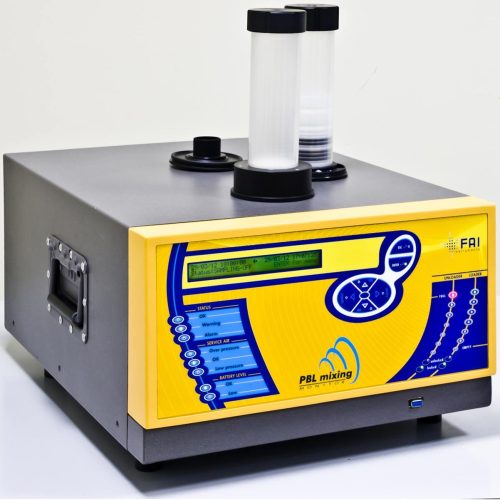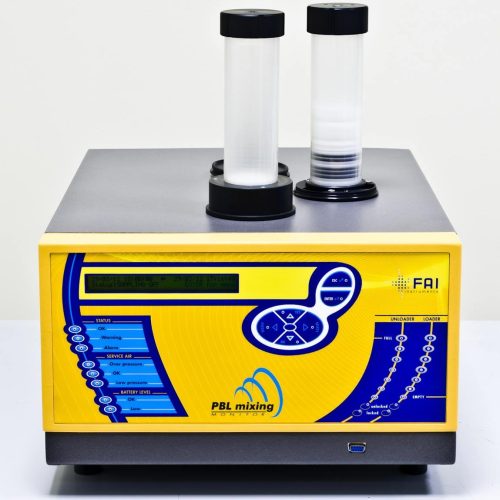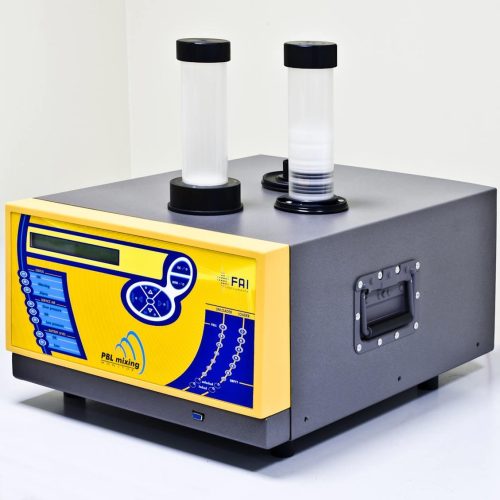PBL Mixing Monitor
Functioning principle
In order to understand the pollutants accumulation and, in general, the temporal evolution of all air pollution processes, it is necessary to know the low atmosphere layers dilution properties. To get information about the Planetary Boundary Layer dilution potential you need to monitor a chemically stable compound (Radon) with an emission flow that can be considered constant in the interested space-time scale.
The Radon gas is produced in the ground by the 222Rn and the 220Rn isotope (Thoron) radioactive decay and it is released in atmosphere where it disperses prevalently by turbulent scattering. Therefore, the atmospheric Radon concentration depends most of all on the vertical dilution factor and the Radon products can be considered as natural tracers of the low PBL layers mixing properties.
Natural radioactivity maintains constant low values in case of convective mixing or advection and it increases when the atmospheric stability allows the Radon accumulation in the low PBL layers.
PBL mixing Monitor is a sequential automatic system able to estimate the low PBL layers mixing ratio.
The instrument samples on hourly basis the atmospheric particulate matter where Radon progeny fixes and, by a Geiger-Muller counter, it determines the sample radioactivity level. The instrument manufacturing characteristics allow to get 24 averages per hour of the natural radioactivity values per every sampling day.
Main Features
- Operating flow rate 2.3 m³/h in PBL Monitor mode
- Possibility of sampling with operating flow rate value within the range 0.8÷2.5 m³/h in standard sampler mode
- Sampling on ø 47mm filter membranes
- Quality controls based on completely automatic management of sampling, ß measurement and servomechanisms
- On line monitoring of all parameters characterizing the sampling process, with diagnostic warnings. These warnings can be automatically sent to the operator via SMS
- Sampling and measurement data storage on internal buffer
- Local control with RS232 serial interface
- Complete remote instrumental control via Modem/GSM




